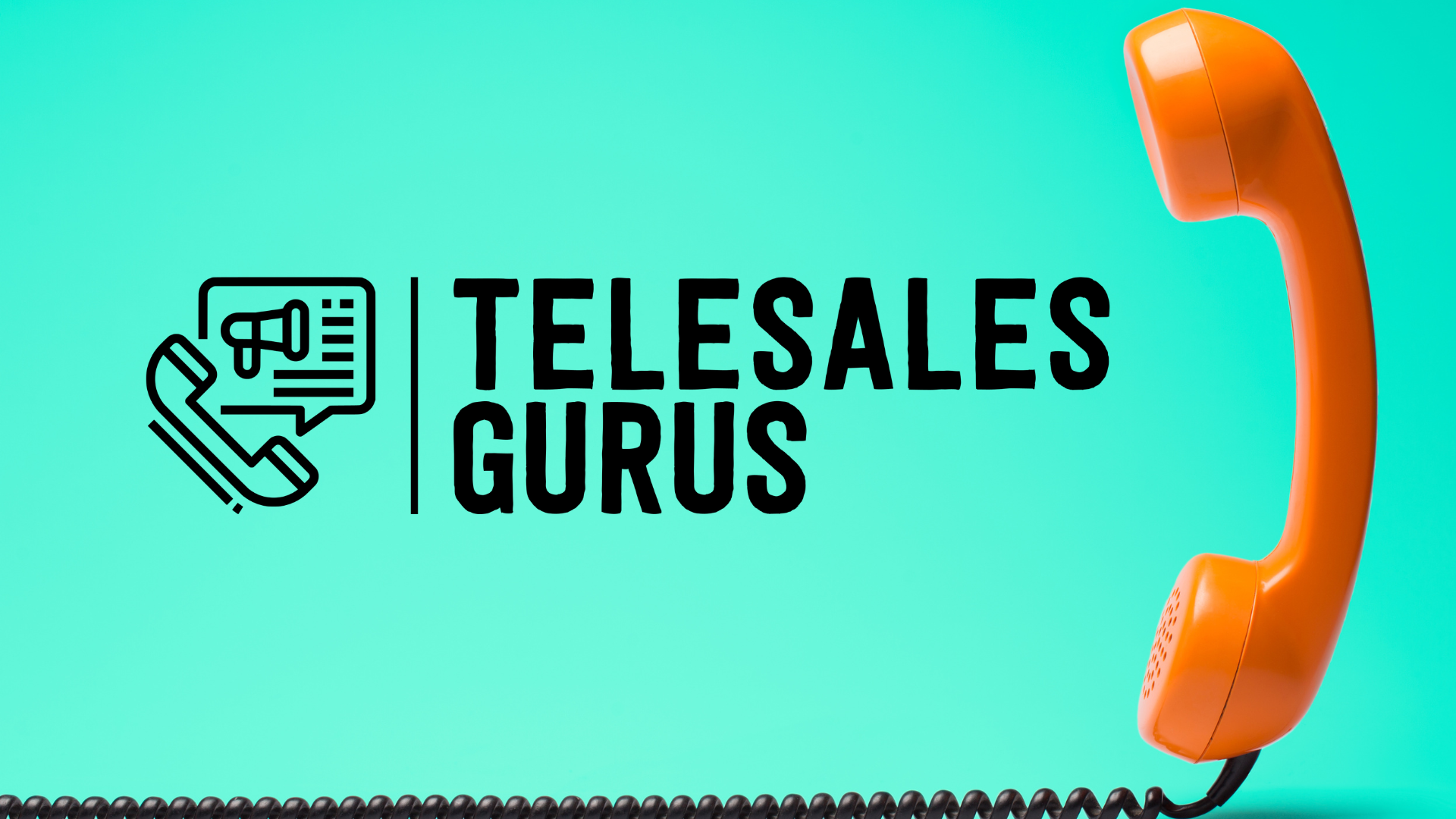
Cold-Calling Magic: Breaking Down Walls Of Objection
How much time do you and your sales team spend trying to overcome objections when you’re cold-calling and telemarketing? If you’re spending a lot of time on it, the more important question is, how successful at it are you?
If you’re a telemarketer or sales professional, you are guaranteed to meet resistance from your prospects. They may be in dire need of what you have to offer. But still, their natural inclination will be to tell you “no” or “maybe later.”
If your prospect needs your product, their rejection is usually not about you or your offer. It’s typically about a very human response that resists change. It could also be because there is no time or funding to make the changes they need.
So how, as a sales advisor or cold-caller, can you help them?
You can help them by taking down the barriers they put up between themselves and the solution to their problems.
Getting someone to recognize that they need the help you can offer is a primary responsibility that sales reps have to their potential clients and their company. Getting it done on a cold call takes a specific mindset and a clear plan.
Once you get on a roll, it will feel like your ability to get past objections is like magic. The reality is that your power will come from knowledge and practice.

Cold Calling and Telemarketing Preparation
Many sales managers think they can hire anyone, give them a script, and see them have immediate success connecting with prospective clients.
For some businesses, it’s easy to set appointments, and this approach can work.
For others, getting an appointment is more complicated. If you’re calling on industries where appointment setting is harder, being knowledgeable in the industry will make a big difference.
The main reason it will help to be knowledgeable is that the people you’ll be calling with know their industries inside out. They’ll be ready to fire off objections you have not even thought about unless you’re familiar with the particular challenges they’re faced with on daily basis. Without this familiarity, you can’t explain why they should listen to anything you have to offer, much less agree to a follow-up call or meeting.
In either case, prospects are more willing to speak with a cold caller when they need to feel they’re someone (or represent someone) who has something valuable to say.
Now, let’s talk about what kind of information the cold call should have to provide value from the first call.

Understanding Prospects And Their Objections
When calling on decision-makers in a given industry or position, you can assume they will all be facing a similar set of problems.
You are calling them to help address those problems. So, you should know what obstacles they face when it comes to doing so. Many times these obstacles are also the root cause of their objections.
Here’s an example.
You sell software that empowers companies by automating their accounting and financial processes, making them more profitable. They can significantly benefit by buying your software, but they are so bogged down by the backlog resulting from the outdated processes that they can’t imagine pausing to implement a solution.
Can you guess what most of them will say when you call to suggest a call to discuss software?
You guessed it. The likely response will be, “It sounds interesting. I just don’t have the time.”
If you try to push your potential customer to see your point of view, they might resist you further. They might even hang up. To prevent this from happening, don’t push them – empathize with them.
So that you can empathize, you’ll need to understand their position. Then, you’ll need to create a map to help navigate from that position to open-mindedness.

Map Out Your Cold Calling And Telemarketing Objection-Handling
For your outbound marketing team, becoming able to get past client objections is a journey. This ability is also a must-have for attaining cold-calling success.
They’ll succeed by knowing the objection-causing pain points before they begin. Help them get to the finish line by mapping out the following information to give them the insight they’ll need.
This objection “map” should include the following details:
- How your product helps with typical problems faced in their market.
- How it helps to save time.
- How it helps to save money.
- Common reasons why they may not have solved these problems until now.
- How is your solution different than what they’ve done in the past?
- Who are the competitors? They can be cheaper, better known, or have other attributes your prospect will present as objections.
- What makes you different?
- If your prospect is with a competitor, why should they switch?
This map can be a flow chart, a list, or whatever format you choose. It will be most effective when a seller has memorized and internalized it.
As they use it to move through objections, the seller should be knowledgeable and empathetic. They should arouse thoughts of belief in the person on the other end, like, “This person is competent and is here to help.”

The Power of Cold-Calling and Telemarketing Preparedness
If you’re a sales manager that believes that telemarketers don’t need anything but a basic script because “they’re just setting an appointment,” there is something you can do if you’re still not convinced.
Listen to your department’s cold-calling and telemarketing call recordings. You will hear gatekeepers and decision-makers alike repeating several reasons why they shouldn’t take the call or schedule an appointment with you.
This exercise will help you see that if your telemarketing representatives understood your industry better, it would strengthen their ability to move your clients to the next step in your sales funnel.
According to Small Business Genius, it’s reasonable to expect that cold-calling and telemarketing will result in a 1-2% success rate. By implementing a plan and proven strategies to overcome objections, you can sustain an even higher conversion rate.
For this reason, we highly suggest not rushing an outbound marketing or sales campaign.
The best way for any company to maximize the return on their investment is to approach their cold outreach with careful deliberation.
By doing so, they will make one of the hardest parts of sales outreach – powering through objections work like magic.




